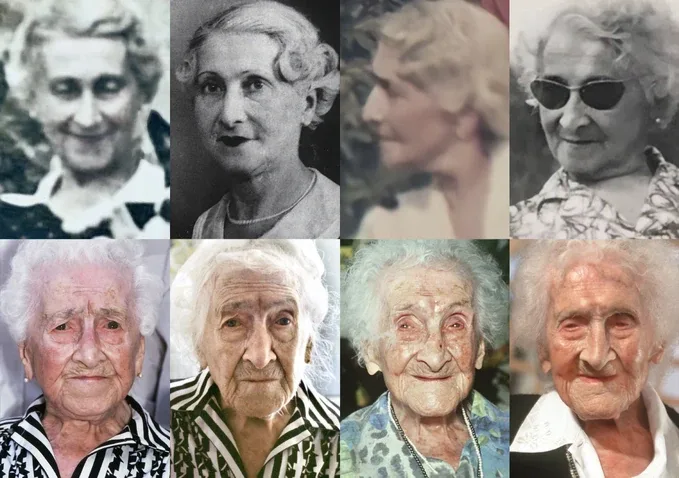Scurvy, a disease caused by a lack of vitamin C, was a major cause of death for sailors during long sea voyages between the 16th and 18th centuries. Over two million sailors perished from the condition, as they lacked access to fresh fruits and vegetables. Scurvy’s symptoms were severe: swollen, bleeding gums, foul ulcers, and debilitating fatigue. The disease worsened over time, often leading to death if left untreated.
Without refrigeration, sailors relied on nonperishable foods like salted meat and hardtack, which were devoid of essential nutrients, including vitamin C. The body cannot produce this vitamin, so it must be consumed through fruits and vegetables. During long expeditions, scurvy would often decimate entire crews, leaving ships unable to complete their journeys.
It wasn’t until the 18th century that the British Navy, led by surgeon James Lind, discovered the solution: citrus fruits. Lind conducted experiments and found that oranges and lemons effectively prevented scurvy. The British began issuing rations of citrus fruits to sailors, earning them the nickname “Limeys” from American sailors, who remained skeptical of the remedy.
In the 19th century, U.S. Navy surgeon Dr. William Paul Crillon Barton advocated for citrus consumption aboard American ships, following British findings. His work helped reduce scurvy among U.S. sailors, but adopting citrus-rich rations became standard.
Today, scurvy is rare but not entirely eradicated. It can still occur in people with poor diets, especially those lacking access to fresh fruits and vegetables. Risk groups include individuals living alone, those with mental illness, or those suffering from substance abuse. While scurvy no longer plagues sailors, its history serves as a reminder of the critical role of nutrition in maintaining health.




